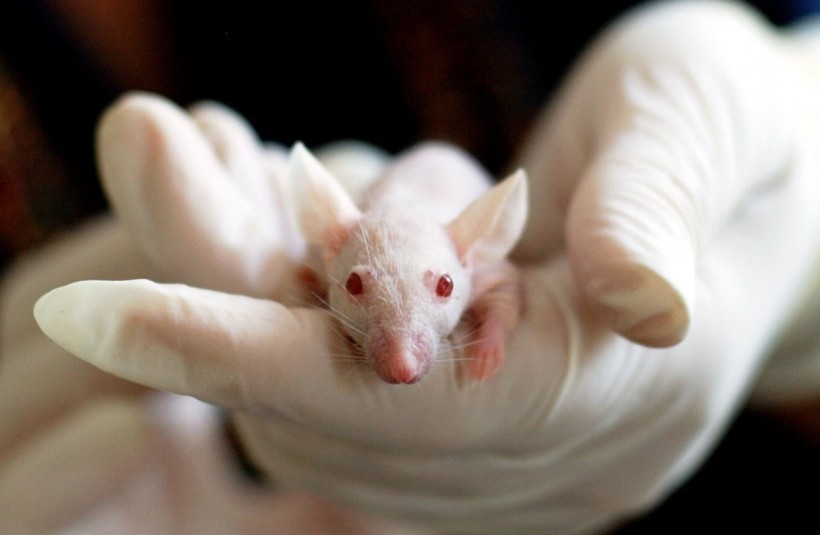
Baby mice were successfully bred by scientists for the first time using two male mice.
While specialists warn that relatively few mice embryos matured into living mouse pups, and nobody knows if it will work for humans, this raises the remote prospect of employing the same approach.
Even so, it is a very clever approach, according to Diana Laird, a stem cell and reproductive researcher at the University of California, San Francisco, who was not involved in the study. She said this is a major development in the fields of stem cell research and reproductive biology.
Mice With 2 Dads
In an article published Wednesday, Mar. 15, in Nature, researchers detailed their findings.
As reported by ABC News, the research started with cells taken from the tails of male mice. Scientists stimulated them to become "induced pluripotent stem cells," which can differentiate into a wide variety of cell and tissue types. They then grew the cells and treated them with a drug to turn them into female cells, resulting in viable egg cells from male mice.
When these were ready, the researchers fertilized the eggs and put the embryos into female mice. Just seven out of 630 embryos, or around 1%, survived to become newborn mice.
Research leader Katsuhiko Hayashi of Kyushu University and Osaka University in Japan presented to colleagues at the Third International Summit on Human Genome Editing last week that the babies looked to develop properly. They were able to become parents in a typical manner.
See Also: This Company Plans To Bring Back Woolly Mammoths by 2028-but Why?
Perspectives for the Future
Commenting on the Nature article, Laird and her coworker Jonathan Bayerl stated the findings open up new paths in reproductive biology and fertility research for both animals and humans.
In the future, for instance, it will be feasible to generate several offspring of an endangered species using just a male.
Moreover, it may even serve as a model for allowing others, such as male same-sex couples, to produce biological children without dealing with the moral and legal complications of using donor eggs.
This is only the most recent study that investigates alternative methods for developing mouse embryos in the lab.
Scientists in California and Israel developed a method to make "synthetic" mouse embryos last year using stem cells instead of a female mouse egg and male mouse sperm. Up to eight and a half days after fertilization, the embryos had the same features as those of a normal mouse embryo, including a heart-like organ.
Experts have speculated that this achievement might pave the way for developing synthetic human embryos for use in medical research.
Critical Areas
Nonetheless, Laird and Bayerl did express some warnings. Most importantly is that this approach is relatively inefficient.
According to them, the reasons why so few embryos implanted into surrogate mice made it are either technological or biological mysteries. They also highlighted that it's too soon to tell whether the strategy would work at all with human stem cells.
When employing stem cells to create eggs, Laird said, scientists must be wary of the mutations and faults that may be introduced in a culture plate.
See Also: Stone Tools Used by Monkeys are Similar to What Humans Utilized, New Research Claimed









